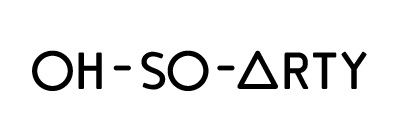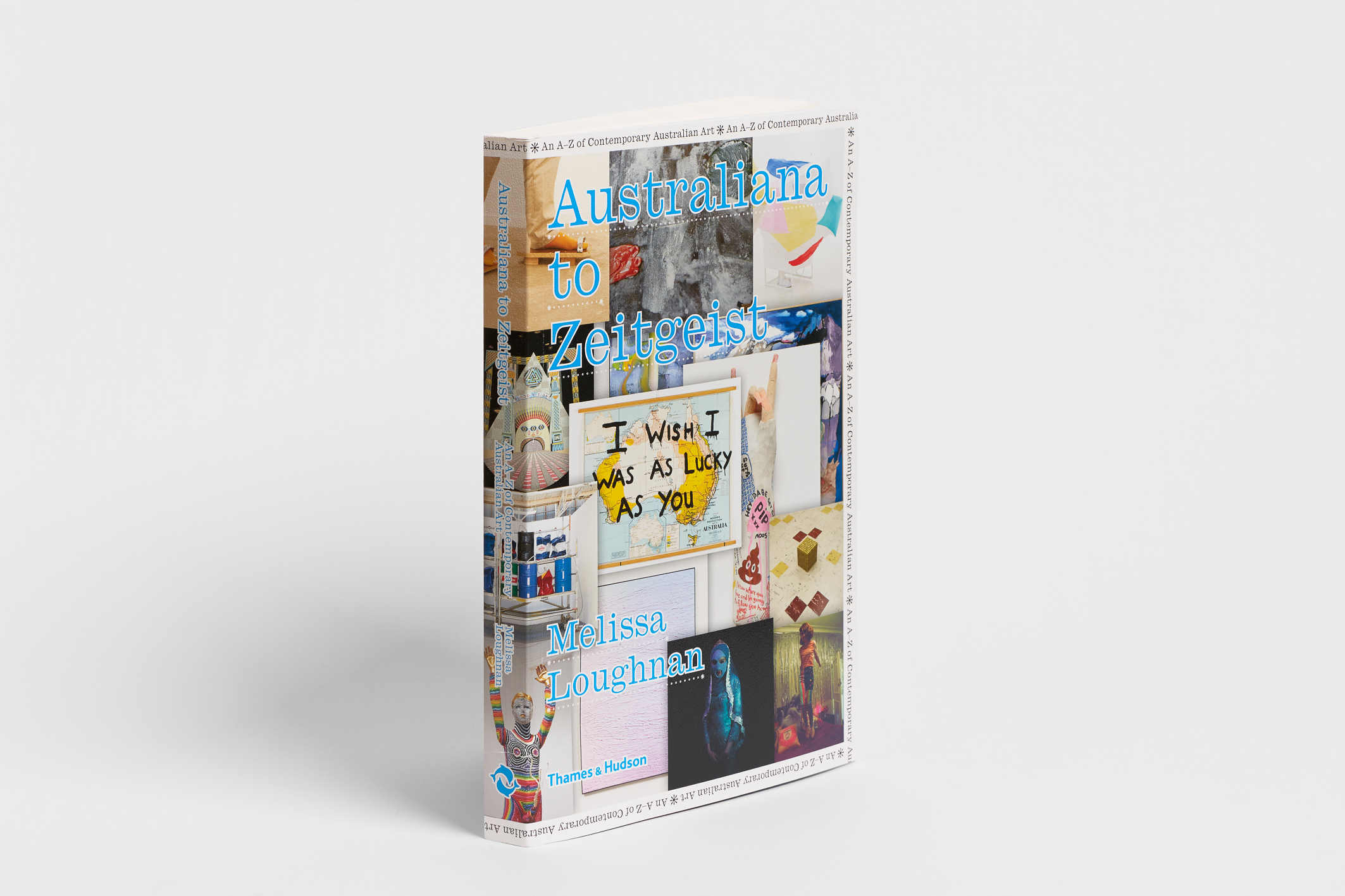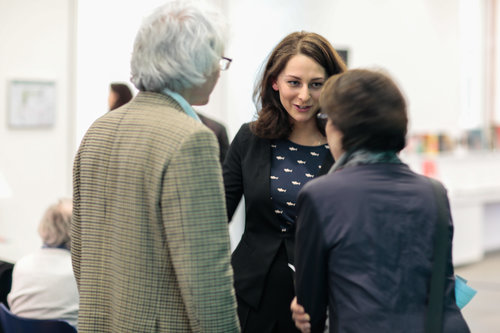I.
Exhibition: Superflex
Artists: Danish artists’ collective SUPERFLEX
Venue: Tate Modern
Dates: Until 2 April 2018
You can reflect and look up to the Turbine Hall while on a swing. It's fun and please, please, don't spend your time taking pictures of you on that swing for Instagram, put that phone down and swing away for hours!
II.
Exhibition: Don't Think Twice
Artist: Jennifer Abessira
Venue: London Bridge Station
Dates: Until 26 November 2017
Have you spotted these arty bollards outside of London Bridge Station? Rush to see them as they won't be around for long!
III.
Exhibition: Alex Katz
Artist: Alex Katz
Venue: Timothy Taylor Gallery
Dates: Until 18 November 2017
Subtle, sensitive and straight to the point: the drawings of Alex Katz at Timothy Taylor are incredible. You get to see a different angle of one of America's most celebrated artists.





























